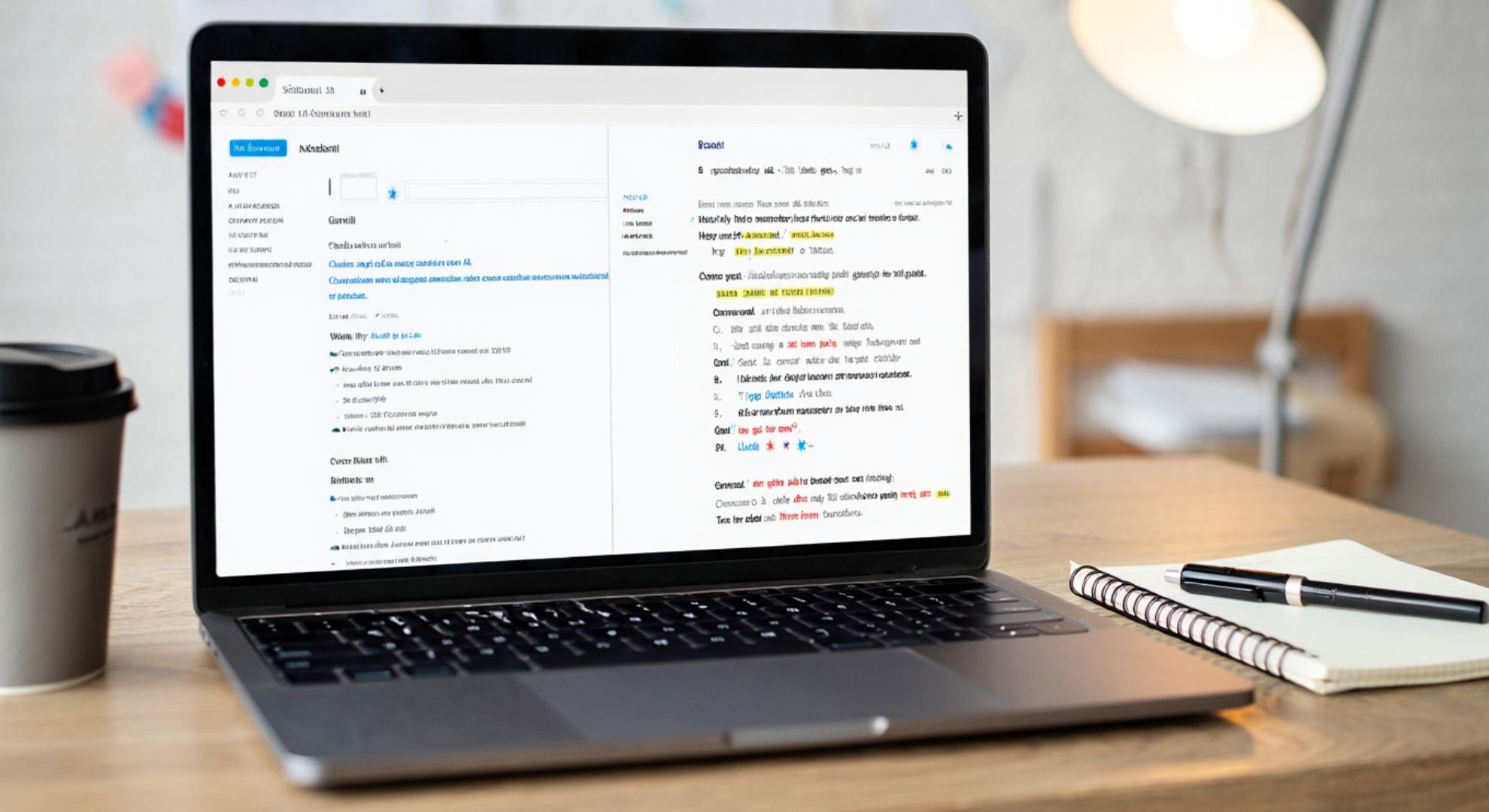The rise of AI in professional communication
With the rapid adoption of AI writing tools like ChatGPT, more and more people are relying on artificial intelligence to draft professional emails. While this can save time and improve clarity, experts warn that certain tell-tale expressions can give away when an email was generated by AI rather than written by a human.
In some cases, these clues can undermine credibility, especially in sensitive contexts like job applications, client negotiations, or academic exchanges.
Why AI leaves a linguistic fingerprint
AI writing systems are trained on massive datasets and tend to favor polished, overly formal, or repetitive structures. While this makes them sound professional, it also means they sometimes lack the subtle imperfections that characterize authentic human writing.
“It’s not about catching mistakes—it’s about spotting the polished sameness that AI tends to produce,” explains one communication specialist.
The most common ChatGPT giveaway phrases
Researchers and communication trainers have identified several expressions that frequently appear in AI-generated emails. If you see these too often, chances are the message wasn’t written by a human hand:
- “I hope this email finds you well.”
- “As per your request…”
- “I would be delighted to assist you further.”
- “At your earliest convenience.”
- “Should you have any questions, please do not hesitate to reach out.”
While humans sometimes use these, the frequency and consistency with which AI generates them can make a message feel synthetic or generic.
Human vs. AI writing styles
To better understand the differences, here’s a comparison between human-written and AI-generated email styles:
| Feature | Human writing | AI-generated writing |
|---|---|---|
| Tone | Varies with mood/context | Polite, consistent, overly formal |
| Errors/typos | Occasional, natural mistakes | Nearly flawless grammar |
| Phrases | Diverse, sometimes casual | Repetitive, formulaic expressions |
| Personal details | Specific anecdotes or references | Generalized, lacking depth |
This table highlights why AI-written emails can be spotted: they often feel too perfect, yet strangely impersonal.
Why it matters in the workplace
Using AI in professional emails isn’t inherently negative. For many, it’s a way to save time, structure thoughts, and improve clarity. But when recipients recognize typical AI phrasing, it can lead to:
- Reduced trust: The message may feel less authentic.
- Perceived laziness: Colleagues may think little effort was put in.
- Missed nuance: AI sometimes struggles with cultural or emotional subtleties.
How to avoid sounding like ChatGPT
Experts recommend a few strategies to keep your emails sounding authentically human, even when AI is involved:
- Edit AI drafts: Always add a personal touch or specific details.
- Vary your expressions: Replace common AI phrases with natural alternatives.
- Embrace imperfection: A slight typo or casual phrasing can make your message feel more genuine.
- Use personal anecdotes: Referencing shared experiences or unique details shows authenticity.
The fine balance
AI has undeniably transformed professional communication, making it easier than ever to produce polished messages. But overreliance on its default expressions can make emails sound robotic and predictable.
The key lies in humanizing AI output—using ChatGPT as a tool, not a substitute for genuine interaction. By adding personal flair, specificity, and natural variation, your emails can remain professional without sounding artificially generated.
The bottom line
As AI becomes a daily presence in our inboxes, learning to spot—and avoid—the most obvious expressions of ChatGPT is essential. Ultimately, what makes communication effective isn’t flawless grammar or perfect structure, but the human touch that machines can’t replicate.
